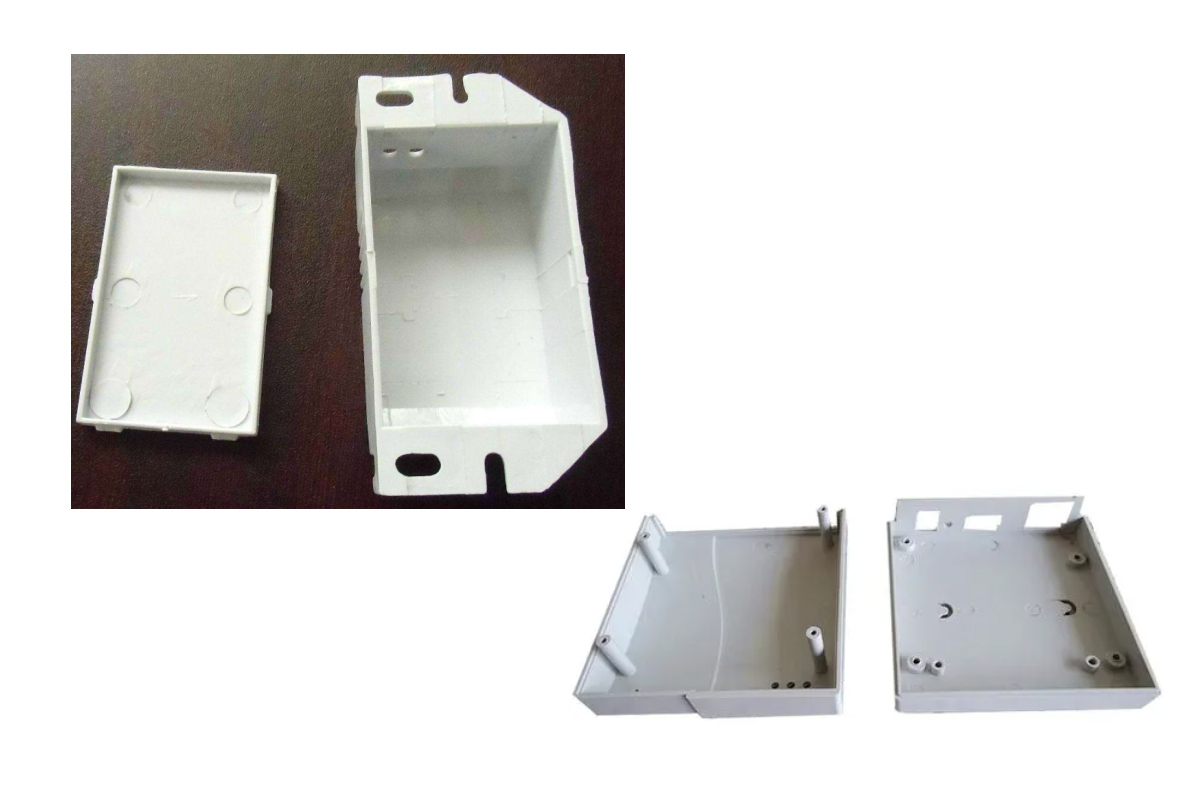Introduction to wall thickness design of plastic parts for structural design of plastic processing
Introduction to wall thickness design of plastic parts for structural design of plastic processing
Product wall thickness depends on the size of the system need to bear the external force, the product shape the size of the volume, injection mold product functional requirements, the use of the product situation and product material choice, general thermoplastic processing products the design of the wall thickness should be 4 mm to limit, in the case of meet the necessary requirements, as far as possible, reduce the wall thickness of the product.
First, the principle of wall thickness design of plastic parts is as follows.
Uniform wall thickness is the principle of plastic design. It can make mold filling, cooling shrinkage uniform, good molding, high dimensional accuracy, high productivity. If some special requirements of plastic parts can not achieve uniform wall thickness, then the thick and thin wall between the use of inclined surface gradually transition. In addition, the ratio of thickness to thickness must be strictly controlled as follows.

In order to meet the requirements of plastic processing structure and use of the condition, as far as possible to use a smaller wall thickness: mold cooling fast, plastic parts light weight, save plastic. The wall thickness of plastic parts should be designed to withstand the impact and vibration of ejecting devices.
In the plastic processing connection fastening place, insert embedded place, plastic melt in the hole window confluence (fusion mark); It has to be thick enough. The strength required during storage and handling must be considered in determining the wall thickness.
To meet the wall thickness required by melt filling mold during molding, it is necessary to avoid the thin wall with insufficient filling material or easy to be burnt, and avoid the thick wall with melt rupture or easy to produce depression.
The demoulding Angle varies with the roughness of the cavity surface. A. Transparent plastic parts, mirror polishing of mold cavity surface: demoulding slope of small plastic parts ≥1°, and demoulding slope of large plastic parts ≥3°. B. The surface of the plastic parts requires etching, the surface of the mold cavity should be sandblasted or corroded: when Ra< When 6.3μm, demoulding Angle ≥ 3°; When Ra≥6.3μm, demoulding Angle ≥4°. C. The plastic surface is required to leave fire pattern, mold cavity surface is no longer polished after electrode processing: when Ra< When 3.2μm, demoulding Angle ≥3°; When Ra≥3.2μm, the demoulding Angle ≥4°. The demoulding Angle of characters and symbols on plastic parts is 8°~12°.
Two, reinforcement
The stiffener is an indispensable functional structure in the mold. Stiffeners can be as effective as "gong" steel in raising the plastic. For some often to the pressure, torsion, bending of the plastic parts will protect the "next" word steel into the proper internal flow channel, help to fill the melt, complex and large plastic parts of the molding has a great help. As designed in the non-appearance surface, I have a large help body flow direction is consistent, reinforcement should not be too long and too thick, otherwise it will increase the difficulty of injection molding, such as trapped gas, shrinkage sag on the back, etc..
The two intersecting planes of the rounded plastic parts as far as possible to the arc transition, its role is as follows.
Distribute the load, enhance and give full play to the mechanical strength of plastic parts. The fluidity of plastic melt facilitates filling and demoulding, and the depression at the turning point of the wall.It is convenient for machining and heat treatment of molds, thus improving the service life of molds. Acute Angle is easy to cause stress concentration, stress concentration will make mold and plastic parts local cracking.
Three, the wall thickness of plastic parts directly affects the life and cost of products
Plastic processing of wall thickness is too big, not only will increase the cost because of too much material, and extend the molding time (hardening of the molding time including the cooling time or time), to improve the production efficiency is very bad, at the same time, the injection mold wall thickness is too big, easy to produce the product defects such as bubbles, shrinkage cavity and depression plastic parts of the wall thickness is too small, Molten plastic raw material in the mold cavity flow resistance will increase, especially complex shape structure and large parts, molding difficult, at the same time, the product wall thickness is too small, the strength of the parts is more bad parts in guarantee under the condition of wall thickness, more uniform wall thickness, otherwise, in the process of forming cooling will cause uneven contraction, It will not only cause bubbles, depressions and warping deformation, but also affect the strength of plastic parts due to the large internal stress in plastic processing.
Injection molding mold factory injection molding technology design requires thick wall and thin parts to avoid sharp Angle, otherwise easy to appear thin thick printing, thin thick printing for black parts more obvious, therefore, thin thickness intersection to increase the transition surface chamfer, generally in the design of the transition surface and thin wall proportion design is 3:1, Plastic processing thickness of injection mold should be gradually reduced along the direction of plastic flow.

